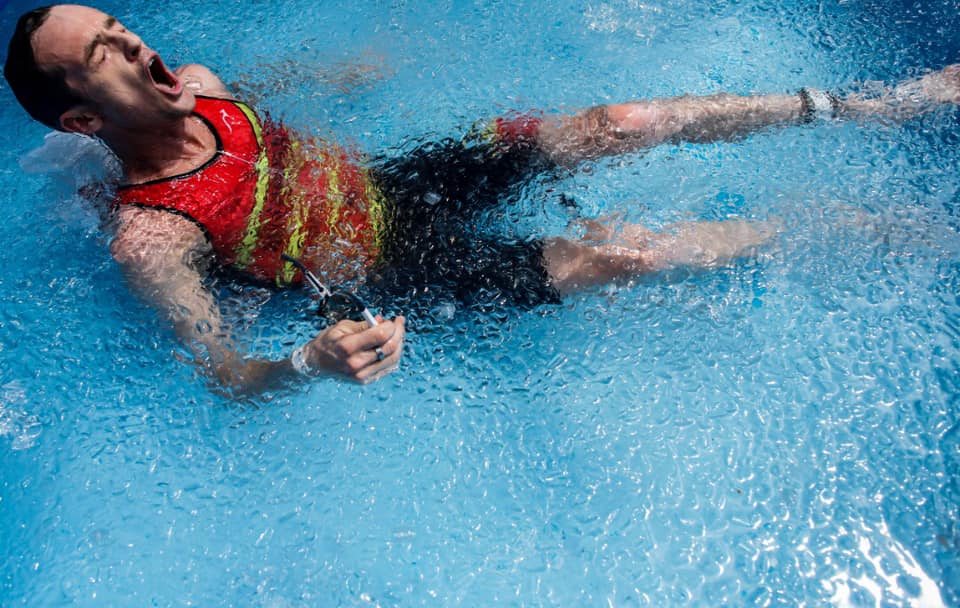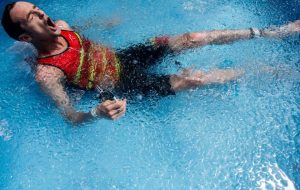
27 May Recovery Techniques for Multisport Athletes
Exploring advanced recovery methods, including the use of technology and recovery tools.

We all know that training makes you faster and stronger, but did you know that recovery is just as important, not just after a race but after each training session too? Professional athlete and MetaSport Training’s head coach, Guy Crawford has these top tips to make sure you body is rested and ready for your next race.
Knowing how to best recover
Recovering after training can often be confusing. What’s the best recovery method? What should I buy? Should I track everything? In this article, we’ll explore some of the top recovery techniques and highlight a few of the latest tech options to help you optimize your recovery process.
1) The good old fashioned method of sleep
If you’ve ever listened to a professional athlete talk about their top recovery tip, it’s almost always “SLEEP.” This advice might be the last thing most people want to hear, especially with our busy lives where sleep is often the first thing we sacrifice.
Here are some top tips for becoming a better sleeper:
- Maintain a consistent sleep schedule: Go to bed and wake up at the same time every day as much as possible.
- Limit screen time: Turn off your devices and avoid scrolling through your phone or emails in bed.
- Calm your mind: If your mind is racing with thoughts, it can be hard to sleep. Try meditation techniques to help clear your mind.
- Watch your sugar intake: Avoid dessert or sugary foods before bed. Instead, enjoy your dessert at lunchtime.
2) Eat and drink
Another seemingly simple tip: after hard workouts, have a protein shake soon after finishing. Your muscles and body will thank you. During longer sessions, make sure to eat and drink as you go. This helps you recover and prepare for the next day’s training.
Recent research in professional cycling shows that significant performance improvements are due to athletes fueling better and smarter before, during, and after training and races. Proper nutrition is a game-changer for sustained performance and recovery.
3 ) Ice baths / cold water therapy
Ice baths are beneficial when tapering for an event or speeding up recovery after a hard session. However, if you are in the middle of a training block, having some inflammation is good for adaptation, so timing the use of ice baths after exercise is important.
Ice baths are especially effective after events to bring your body temperature back down. The biggest benefits of cold water immersion seem to be in cognitive function. If you want to feel more alert and attentive, ice baths or cold water therapy might be for you.

4) HRV (Heart Rate Variability)
Heart Rate Variability (HRV) refers to the varying length of time between consecutive heartbeats.
To get accurate data, you need to wear your watch or other measuring device daily and while sleeping. Consistency is key for HRV to provide valuable insights, much like in training.
As Garmin explains, higher HRV generally indicates parasympathetic dominance in your autonomic nervous system, signaling that your body is in a rest-and-digest mode. Conversely, lower HRV is typically linked to elevated sympathetic activity, indicating stress or a fight-or-flight response.
5) Recovery boots and compression
Recovery boots and compression gear, often considered the 1%ers in recovery tools, can indeed be beneficial. If you have the time to use recovery boots or Normatec-style pants, they can aid significantly in your recovery process. Compression garments worn for up to four hours after leg workouts can also help increase blood circulation. This method provides an easy and time-efficient way to enhance recovery while allowing you to carry on with your day.
6) Stretch and foam roll
Yes, it’s true! Incorporating stretching and foam rolling into your routine can have a significant impact on your day-to-day well-being. Loosening and relaxing your muscles through these practices can greatly benefit you. Additionally, consider integrating massage or self-massage into your routine to address any muscular tension before it escalates into a larger issue, ultimately helping you stay injury-free.
7) Others
- Rest: Taking the time to sit down, relax, and do nothing is crucial for recovery, yet it’s often challenging for many. Learning to embrace rest can significantly benefit both your mind and body.
- Active recovery: After a demanding workout, engage in an easy session or active recovery activity. This could involve a leisurely walk, a light bike ride, or a short open-water swim. Low-intensity activities play a vital role in the recovery process.
- Socialise:Spending time with others, engaging in conversations, and enjoying the company of friends can be incredibly rejuvenating for your mind, thus aiding in physical recovery as well.
8) Utilise Recovery Apps
Explore various apps like Whoop that offer detailed insights into your training and recovery. Consistency is key when utilizing these tools. By focusing on maintaining a balanced diet, staying hydrated, prioritizing sleep, and incorporating a couple of the mentioned recovery methods into your routine, you’ll undoubtedly see improvements in your overall training performance.
Life can be hectic, but making small adjustments can lead to significant improvements in your recovery and overall well-being.
Even something as simple as going to bed 20 minutes earlier each night can make a substantial difference. Take things one step at a time, and the benefits will follow.

